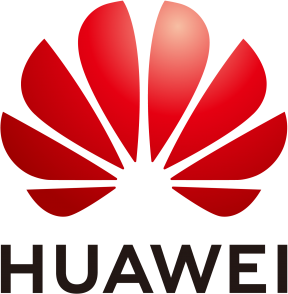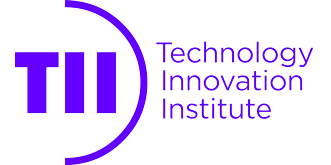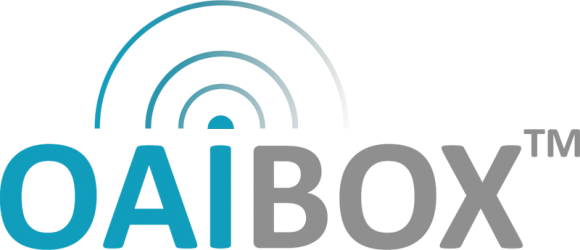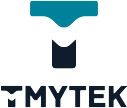SCOPE
The upcoming 6G era is expected to see the wide-spreading of the complex internet of things (IoT) applications (e.g., auto-driving, swarm robotics, digital twins, and metaverse) over wireless networks. The smooth execution of these applications relies on the tight cooperation of three functionalities, namely mobile sensing, communication, and computation, provided by the 6G networks. However, in traditional wireless networks, these three functionalities are designed separately for different goals: sensing for obtaining environmental data, communication for data delivery, and computation for executing the downstream task within a certain deadline. Such a separation design principal encounters difficulty in accommodating the stringent demands of ultra-low latency, ultra-high reliability, and ultra-high capacity in emerging IoT applications.
The previous studies focus on the integration of two of the above three entities. By designing dual-functional signals for both data communication and radar sensing, integrated sensing and communication (ISAC) has been proposed to improve the data sensing and delivering efficiency. Another vein of researches focuses on the joint communication and computation resource management, which includes mobile edge computing (MEC) and over-the-air computation (AirComp). With the rapid increase in data volumes in MEC, the communication and computation capabilities at the network edge become the bottleneck. Particularly, the limited wireless resources make it challenging for the edge server to receive significant amounts of data from edge devices swiftly through wireless links. Hence, many researches have focused on joint communication and computation resource management to tackle this issue in MEC. AirComp, as opposed to “communication before computing”, integrates computing into communication, resulting in a new scheme of “communication while computing”. In contrast to traditional wireless communication over a multi-access channel, which requires separate transmission and decoding of information, AirComp allows edge devices to simultaneously transmit their respective signals over same frequency band with proper processing, such that the functional computation of the distributed data is accomplished directly over the air. This thus significantly improves the communication and computing efficiency, and considerably reduces the latency required for multiple access and data fusion.
TOPICS
Though the techniques such as ISAC, MEC and AirComp have been regarded as the hot topics in the main conference, the synergy of the entire sensing, communication and computation process needs further attention. Particularly, the sensing and communication processes compete for radio resources, and the allowed communication resource further determines the required quantization level such that the quantized features can be transmitted reliably to the edge server under a delay constraint. This thus prompts a new wireless design paradigm that advocates mobile-sensing-communication-computation (MSCC) integration in a task-oriented manner accounting for the data use in the downstream IoT tasks.
Topics of interest include but are not limited to:
- Network architectures/transmission protocols in MSCC for IoT
- Precoding/waveform/receiver design for MSCC in IoT
- Security and privacy issues in MSCC for IoT
- Millimeter wave/THz technologies for MSCC in IoT
- MSCC based biomedical information extraction and eHealth for IoT
- MSCC based robotics for IoT
- Edge computing/intelligence for MSCC in IoT
- Experimental demonstrations and prototypes for MSCC in IoT
IMPORTANT DATES
- Workshop Paper Submission Deadline: 22 December 2023
- Paper Notification Deadline: 15 January 2024
- Final Paper Submission Deadline: 25 January 2024
SUBMISSION LINK
EDAS submission link: https://edas.info/newPaper.php?c=31873&track=121646
Final paper submission: TBD
WORKSHOP CO-CHAIRS
-
Rui Zhang, The Chinese University of Hong Kong, Shenzhen, China. (rzhang@cuhk.edu.cn)
-
Yonina C. Eldar, Weizmann Institute of Science, Rehovot, Israel. (yonina.eldar@weizmann.ac.il)
-
Kaibin Huang, The University of Hong Kong, Hong Kong. (huangkb@eee.hku.hk)
-
Guangxu Zhu, Shenzhen Research Institute of Big Data, The Chinese University of Hong Kong, Shenzhen, China. (gxzhu@sribd.cn)
-
Fan Liu, Southern University of Science and Technology, China. (liuf6@sustech.edu.cn)
-
Shuai Wang, Shenzhen Institute of Advanced Technology, Chinese Academy of Sciences, China. (s.wang@siat.ac.cn)
-
Xiaoyang Li, Shenzhen Research Institute of Big Data, The Chinese University of Hong Kong, Shenzhen, China. (lixiaoyang@sribd.cn)
-
Yuanhao Cui, Southern University of Science and Technology, China. (cuiyh@sustech.edu.cn)








